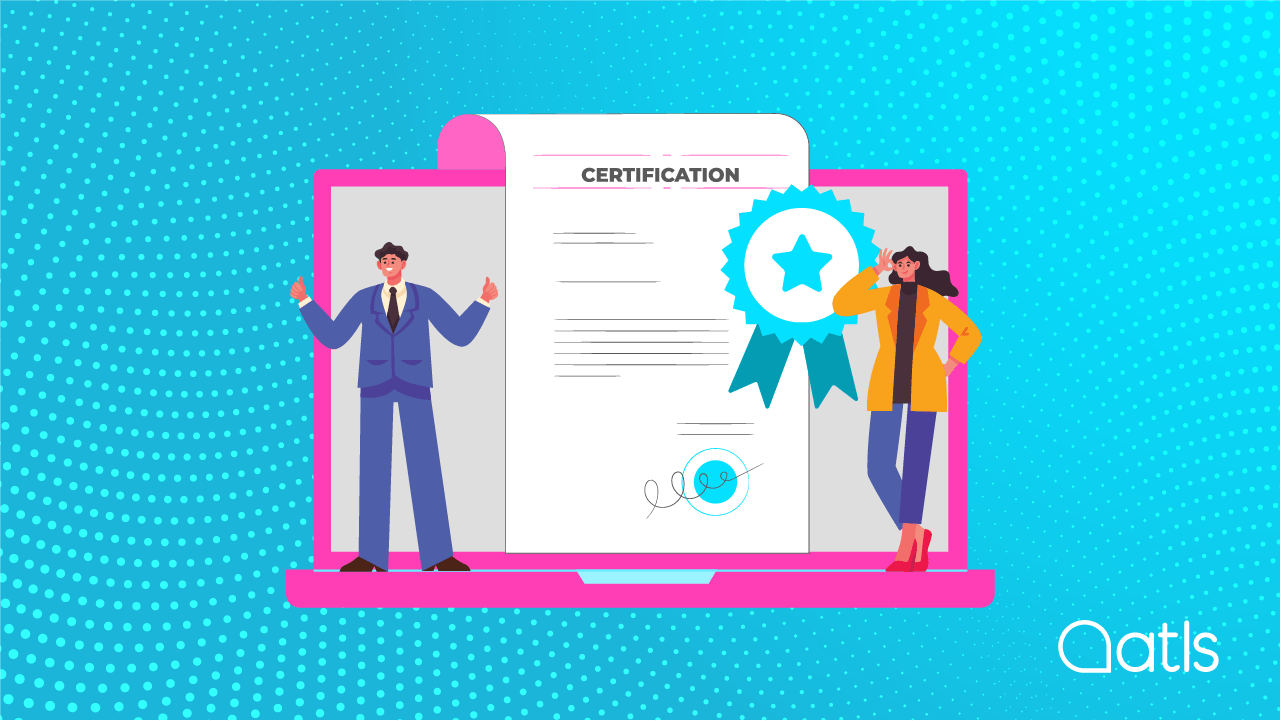We hold the most stringent quality certification

ATLS holds the most stringent international quality certification: the ISO 17100:2015. But what does that mean? It means that our translation processes respect international quality standards and are regularly checked to consistently bring our clients the best translation services.
Adhering to this international standard involves closely controlling translators, reviewers, project managers and the process of pre-production, translation and post-production.
Resources
ATLS® only collaborates with native translators who have proven training and experience and have passed one or more of our initial translation tests. Our linguists are selected with the utmost care and meet at least one of the following requirements:
- Translation degree from a renowned university or college of higher education.
- Degree in another discipline from a university or college of higher education, plus more than 2 years' professional experience as a full-time translator.
- 5 years' professional experience as a full-time translator.
The most stringent certification for translation process quality
According to ISO 17100:2015, the translation process includes having all translations proofread by a different professional to the one who performed the translation. Additionally, in the case of more specific or complex translations, a further review stage may be added, with correction by a third specialist. This is an important point and it's worth breaking down so the process is clearly understood.
- Translation: The translation is done by a translator with the right skill set (if it's a marketing text, for instance, the translator will be a native of the target language and be specialised in the marketing field). They translate the documents from the source language to the target language, according to the sector and the agreed style, with semantic precision and proper syntax, spelling, vocabulary and punctuation. When the work is done, they do an overall self-assessment of the end result.
- Proofreading: A different person to the initial translator, who is skilled in the two languages (target and source), reviews the translation. They search and correct any possible errors, taking into account the client's objective.
- Concept correction: In some cases, further quality control can be added, which is performed by an expert in the field of the material, assessing the suitability of the target language in terms of content and purpose. These cases apply to very specific legal or medical translations that require maximum technical accuracy in the translation.
- Test correction: When translating a document that will subsequently be formatted using InDesign, Photoshop or PDF, we do an additional check of the final layout to ensure that no words or sentences have been cropped or misplaced.
If you'd like to know more about our translation services, why not hop on over and visit our website?
Stefania Romano
Translation Vendor Manager





